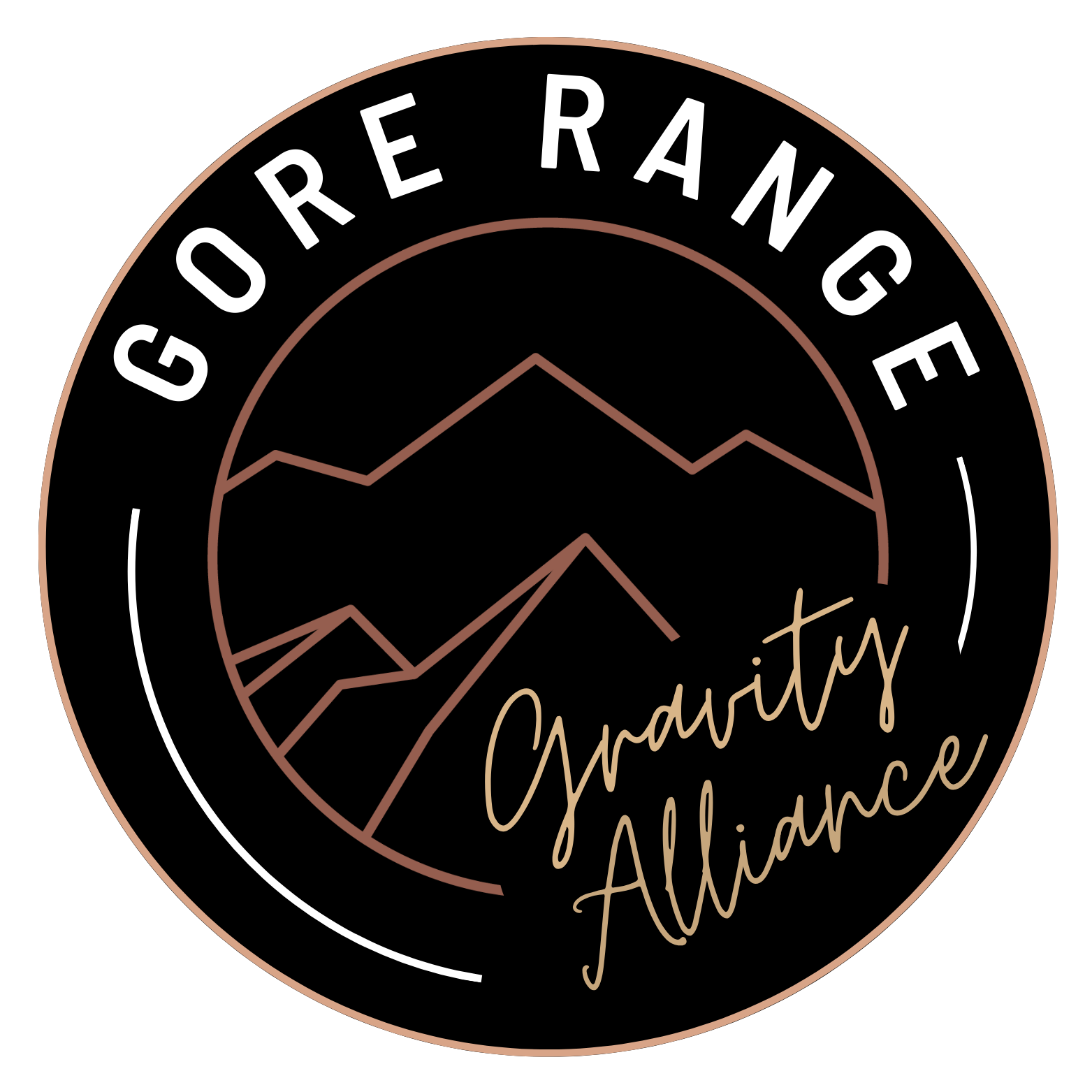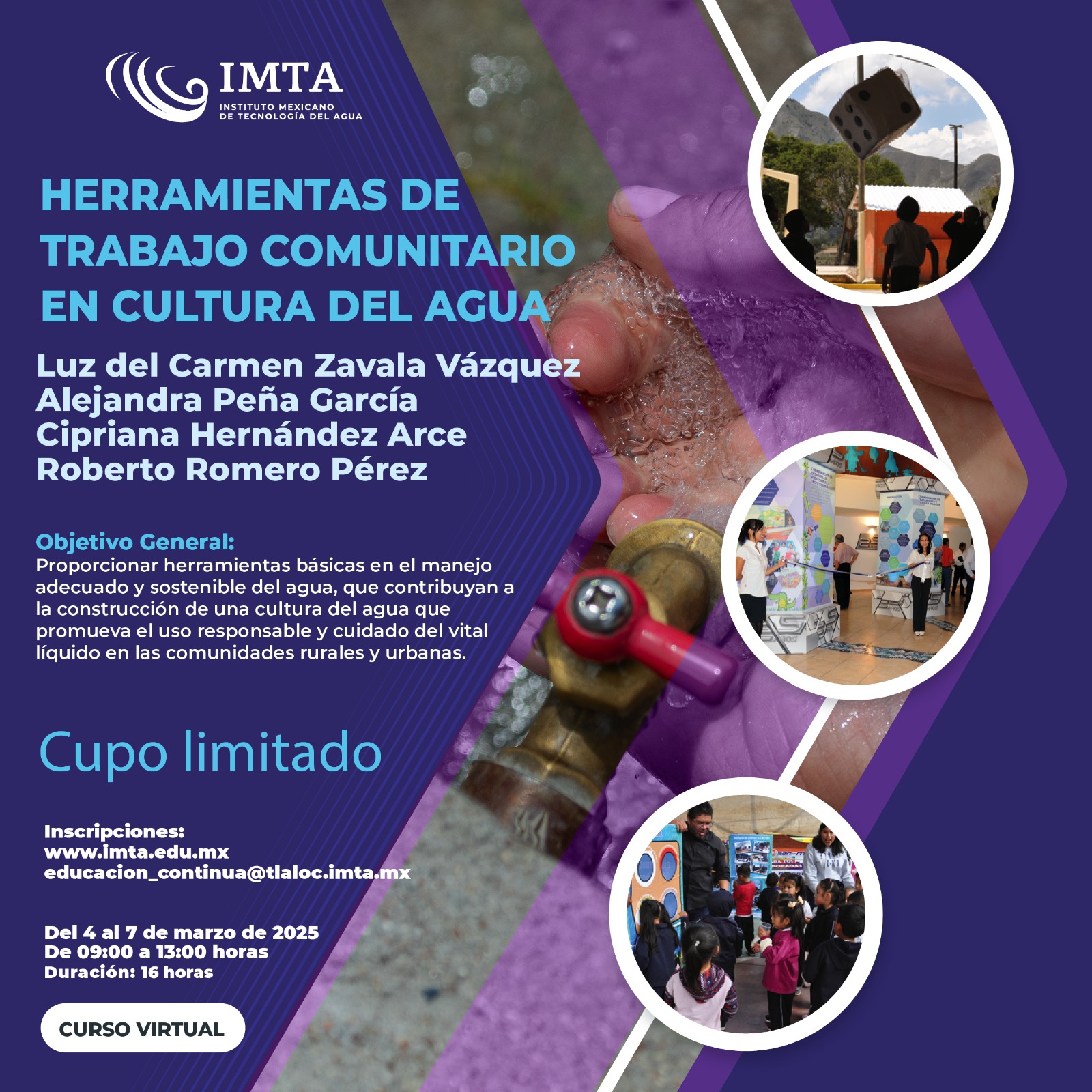What’s The Deal With "Quiero Agua" Video Gore? A Deep Dive
There’s been a lot of buzz around the phrase “Quiero Agua” lately, and if you’re scratching your head wondering what it’s all about, you’re not alone. The term translates to “I want water” in English, but don’t let the simplicity fool you. This seemingly innocent phrase has sparked quite the controversy, especially when tied to disturbing content known as "video gore." If you’ve stumbled upon this term while scrolling through the internet, you’re probably wondering—what’s the big deal? Let’s dive in and unpack this mystery.
Let’s set the scene here. The internet is a wild place, and sometimes it throws curveballs that leave us questioning our sanity. "Quiero Agua" has become one of those viral sensations that’s more than just a catchy phrase. It’s linked to a darker side of online content, and understanding its origins and implications is crucial if you want to stay informed.
Now, before we jump into the deep end, let’s be clear—this isn’t just about language or cultural phrases. It’s about the impact of such content on society, the dangers lurking in the shadows of the web, and how we can navigate this world responsibly. So, buckle up because we’re about to explore the murky waters of “Quiero Agua” video gore.
- Popcima Kostenlos Filme Serien Streamen Legal Jetzt Mehr
- Top Lustige Mittwoch Bilder Sprche Wochenteilergrsse
Table of Contents
- Origins of the Phrase
- The Connection to Video Gore
- Psychological Impact of Such Content
- Internet Culture and Sensationalism
- Legal Implications and Regulations
- Parental Guidance and Awareness
- Preventing Exposure to Harmful Content
- Mental Health Considerations
- Expert Opinions on the Matter
- Wrapping It All Up
Origins of the Phrase
So, where does “Quiero Agua” come from? The phrase itself is pretty straightforward—it’s Spanish for “I want water.” But how did it end up being associated with something as grim as video gore? Well, it all started with a viral trend that took the internet by storm. The phrase was originally used in a meme or video that went viral, often humorously portraying someone in a dire situation asking for water.
But like many things on the internet, the context shifted. What began as lighthearted entertainment quickly morphed into something much darker. Some creators twisted the phrase, using it to introduce or even promote disturbing content. This transformation is a prime example of how the internet can take a simple idea and turn it into something complex—and sometimes harmful.
How Memes Can Go Wrong
Let’s break it down. Memes are great—they’re fun, relatable, and a great way to connect with others online. But they can also be misused. When a meme like “Quiero Agua” gets hijacked by those with malicious intent, it can lead to the spread of harmful content. This isn’t just about a phrase anymore—it’s about the responsibility we have as users to be mindful of what we share and consume online.
So, how did we get here? The shift from innocent meme to disturbing content happened gradually, and it’s a reminder of the importance of staying vigilant in the digital world.
The Connection to Video Gore
Alright, let’s talk about the elephant in the room. The term “video gore” refers to graphic, often violent content that’s shared online. It’s not something most people want to encounter, but unfortunately, it’s out there. And when you combine it with a catchy phrase like “Quiero Agua,” you’ve got yourself a recipe for viral disaster.
The connection between the two isn’t random. Content creators, some with questionable motives, have used the popularity of the phrase to lure viewers into watching disturbing videos. This tactic plays on human curiosity, and it’s surprisingly effective. People click, thinking they’re about to see something funny or entertaining, only to be confronted with something far more unsettling.
Why Does This Happen?
It’s all about clicks and views. The more clicks a video gets, the more money creators can make through ads or sponsorships. Unfortunately, this means that some are willing to exploit shocking content to boost their numbers. It’s a sad reality, but it’s one we need to acknowledge if we want to combat it.
Psychological Impact of Such Content
Now, let’s talk about the real effects of consuming video gore. It’s not just about feeling uncomfortable—it can have serious psychological consequences. Exposure to graphic content can lead to anxiety, depression, and even PTSD in some cases. And it’s not just adults who are at risk—kids and teens are particularly vulnerable.
Think about it. If someone stumbles upon a disturbing video while innocently browsing the web, it can leave a lasting impression. The brain processes these images in a way that can be hard to unsee, and the emotional toll can be significant.
Signs of Distress
So, how do you know if someone’s been affected by such content? Look out for signs like irritability, trouble sleeping, or a general sense of unease. If you or someone you know has been exposed to video gore, it’s important to seek support. Talking to a mental health professional can make a world of difference.
Internet Culture and Sensationalism
Let’s take a step back and look at the bigger picture. The internet is a breeding ground for sensationalism. Content that shocks, surprises, or scares tends to get more attention. It’s a cycle that feeds on itself, and it’s one we need to break if we want a healthier digital environment.
But how do we do that? It starts with awareness. When we understand the mechanisms behind viral content, we can make better decisions about what we engage with. It’s also about holding platforms accountable for the content they allow on their sites.
The Role of Social Media
Social media plays a huge role in the spread of viral content. Platforms like YouTube, TikTok, and Twitter can amplify even the darkest trends. That’s why it’s crucial for users to report harmful content and for platforms to take swift action when necessary.
Legal Implications and Regulations
When it comes to video gore, there are legal considerations to keep in mind. In many countries, distributing certain types of graphic content is illegal. But enforcing these laws can be tricky, especially when content is shared across borders.
That’s where international cooperation comes in. Governments and tech companies need to work together to tackle this issue. It’s not an easy task, but it’s one that’s necessary for the safety of internet users everywhere.
What Can You Do?
As an individual, you can help by reporting any suspicious or harmful content you come across. Most platforms have easy-to-use reporting tools that allow users to flag inappropriate material. It’s a small action, but it can make a big difference.
Parental Guidance and Awareness
Parents, this one’s for you. It’s essential to stay informed about the content your kids are consuming online. Talk to them about the dangers of video gore and other harmful content. Set boundaries and use parental controls to help protect them from exposure.
But don’t stop there. Encourage open communication. Let your kids know they can come to you if they encounter something disturbing online. Building trust is key to keeping them safe in the digital world.
Tools for Safety
There are plenty of tools available to help parents monitor their kids’ online activity. From browser extensions to dedicated apps, there’s no shortage of resources to choose from. Do your research and find the ones that work best for your family.
Preventing Exposure to Harmful Content
Prevention is key when it comes to harmful content. Whether you’re a parent, educator, or just someone who wants to stay safe online, there are steps you can take to minimize your exposure to video gore and other disturbing material.
Start by being mindful of what you click on. If something seems too sensational or too good to be true, it probably is. Use ad blockers and content filters to help shield yourself from unwanted content. And don’t hesitate to report anything that seems off.
Building a Safer Internet
It’s up to all of us to create a safer online environment. By working together, we can reduce the prevalence of harmful content and make the internet a more positive place for everyone.
Mental Health Considerations
We’ve already touched on the psychological impact of video gore, but let’s delve deeper. Mental health is a crucial part of this conversation. If you’ve been exposed to disturbing content, it’s important to take care of yourself. Reach out to friends, family, or professionals if you’re struggling.
And if you’re feeling overwhelmed by the negativity online, take a break. Disconnecting from the internet for a while can do wonders for your mental well-being. Remember, it’s okay to step away when things get too much.
Self-Care Tips
Here are a few tips to help you maintain good mental health in the digital age:
- Set boundaries for your screen time.
- Engage with positive, uplifting content.
- Practice mindfulness and meditation.
- Stay connected with loved ones.
Expert Opinions on the Matter
What do the experts have to say about “Quiero Agua” video gore? Well, they’re not fans. Psychologists, sociologists, and tech experts alike have weighed in on the dangers of such content. They emphasize the importance of education, awareness, and regulation in combating this issue.
According to Dr. Jane Smith, a leading psychologist specializing in digital behavior, “The impact of video gore on mental health cannot be overstated. It’s crucial that we educate users, especially young ones, about the risks and how to protect themselves.”
Research and Studies
Studies have shown that exposure to graphic content can lead to long-term psychological effects. One study found that individuals who frequently consumed such content were more likely to experience anxiety and depression. These findings highlight the need for action on both individual and societal levels.
Wrapping It All Up
So, what have we learned? The phrase “Quiero Agua” started as a harmless meme but has since been linked to disturbing video gore. This shift highlights the dangers of sensationalism and the importance of staying vigilant online. Whether you’re a parent, educator, or just someone who wants to stay informed, there are steps you can take to protect yourself and others from harmful content.
Remember, the internet is a powerful tool, but with great power comes great responsibility. By being mindful of what we consume and share, we can help create a safer, more positive digital world. So, let’s work together to make the internet a better place for everyone.
Got thoughts on this topic? Drop a comment below and let’s keep the conversation going. And if you found this article helpful, don’t forget to share it with your friends. Together, we can spread awareness and make a difference.
- Frohe Weihnachten Die Schnsten Wnsche Gre Fr Deine Liebsten
- Counterattack Of The Superrich House Husband Der Mangahit

Agua Micelar Fruity Hydra Fresh Sandia Sitio oficial
.png?format=1500w)
How Al Gore Paid His Way To Influence And Sustainability

Herramientas de trabajo comunitario en cultura del agua (IMTA) Agua